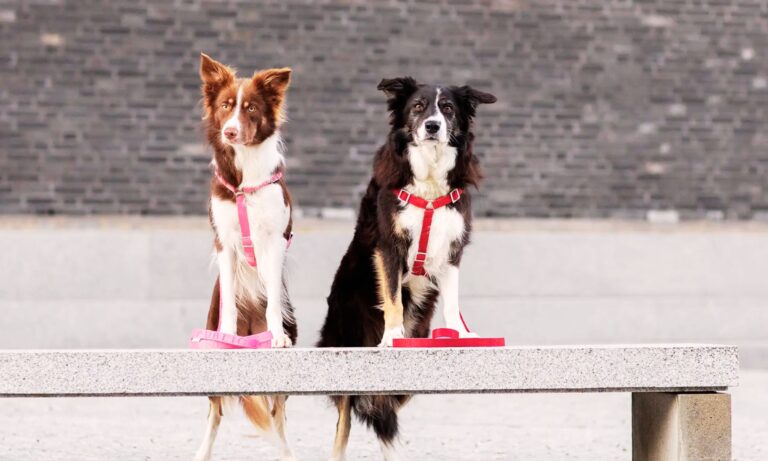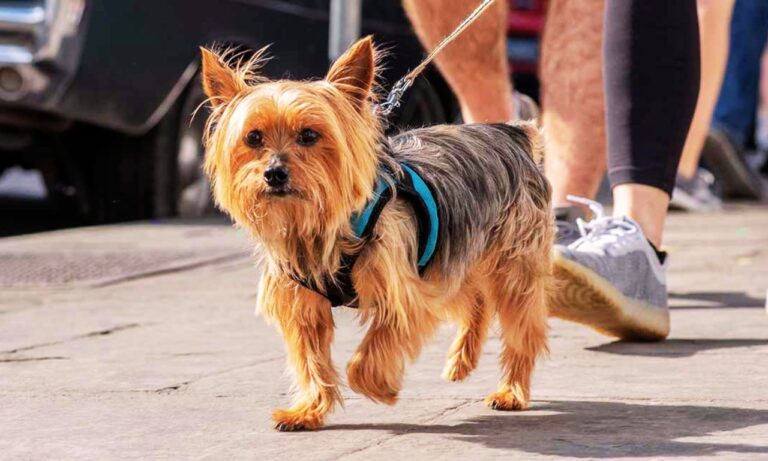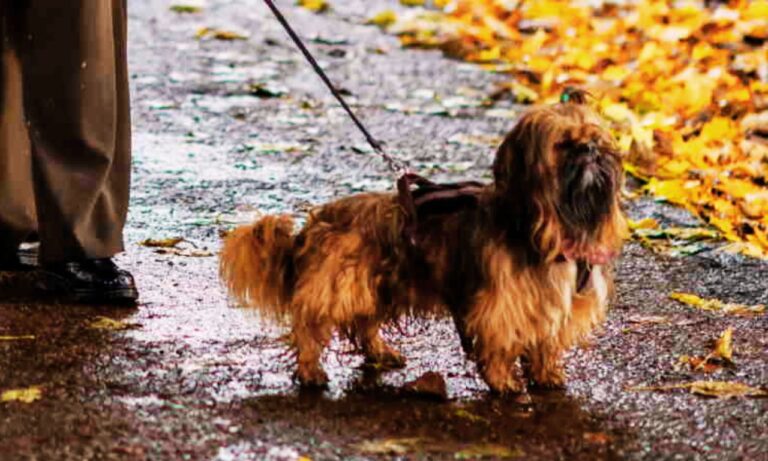| Summary: Choosing the right grooming brush for your dog depends on their coat type. Slicker brushes work for thick or long coats, pin brushes suit fine or wavy coats, and bristle brushes are ideal for short-haired dogs. Undercoat rakes are great for double-coated breeds, while deshedding tools help with heavy shedders. |
If you’re a proud dog owner, you already know how important grooming is for your pet. Regular grooming keeps your dog looking great, feeling comfortable, and even helps maintain their overall health. But here’s the thing: the world of dog grooming brushes can be overwhelming. There are so many types out there, each designed for specific purposes, coat types, and grooming needs.
As a pet parent who’s been through the grooming process with my own dog, I understand how confusing it can be to pick the right brush for the job. You might be wondering, “Which brush should I use for my dog’s coat type?” or “How do I choose the right grooming tool?” Don’t worry! I’ve been there, and I’m here to help.
I’ll break down the different types of dog grooming brushes, explain when to use each one, and share my own tips from experience to make the process as easy as possible. Discover the ideal option by exploring what is the best collar material for a Bichon Frise to ensure your pet’s comfort and durability.
Blog Highlights
ToggleQuick Fix FAQ Table:
| Issue | Solution |
| Mats in long hair | Use a slicker brush to gently detangle mats and prevent discomfort. |
| Fine or wavy coats | Pin brushes work best for delicate coats, offering a gentle, effective solution. |
| Heavy shedding | Use a deshedding tool regularly to manage excess fur, especially during shedding seasons. |
| Double coats | An undercoat rake helps manage thick undercoats, reducing shedding and matting. |
| Sensitive skin | Opt for pin or bristle brushes, which are gentle and won’t irritate the skin. |
| Bath time cleaning | Use a bath brush to massage shampoo into the coat, ensuring a thorough clean. |
Why Grooming Brushes Matter
Before diving into the types of grooming brushes, let’s talk about why using the right brush is so important. It’s not just about keeping your dog looking stylish. Proper grooming is essential for their health and comfort, and the right brush can make a big difference.
- Prevents Mats and Tangles: Regular brushing helps remove tangles, mats, and dead fur, which can otherwise cause skin irritation and discomfort.
- Reduces Shedding: Brushing helps to reduce shedding, which means less fur all over your furniture and clothes.
- Boosts Circulation: Brushing stimulates the skin, promoting healthy circulation and a shiny coat.
- Keeps Skin Healthy: It helps distribute natural oils throughout the coat, keeping the skin hydrated and reducing dryness.
Now that we understand the benefits, let’s take a closer look at the various types of dog grooming brushes and when to use each one. The American Staffordshire Terrier’s coat type is short, sleek, and easy to maintain with regular brushing.
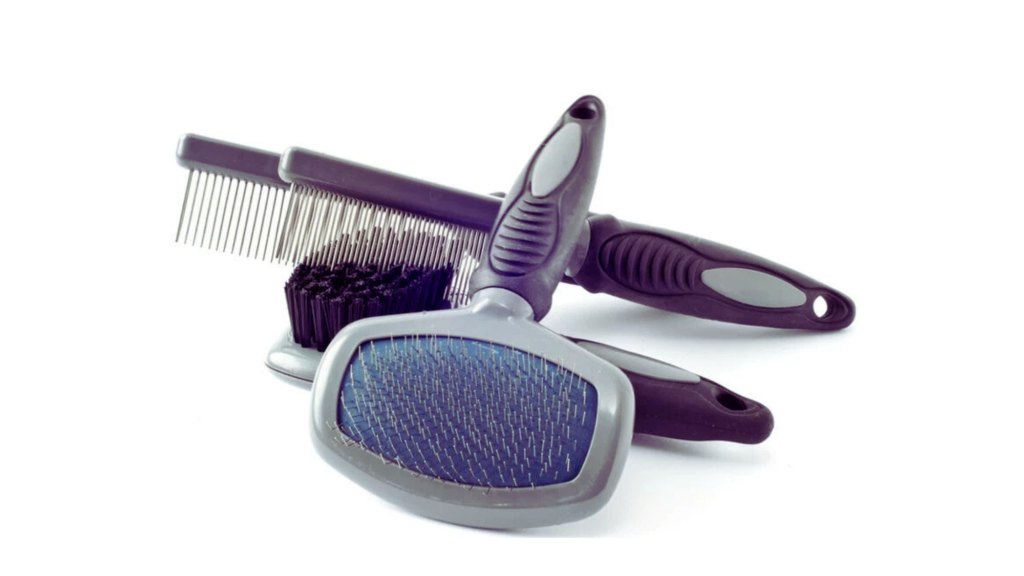
1. Slicker Brushes: The All-Purpose Grooming Brush
If you’ve ever looked at dog grooming brushes, you’ve probably come across the sleek, fine-wire slicker brush. This brush is one of the most versatile and commonly used tools for dog grooming, and I personally use it for my dog’s medium-length coat.
When to Use It:
- Medium to Long Hair: Slicker brushes are perfect for dogs with medium to long hair, as they can work through tangles and mats. If your dog’s fur tends to get knotted, this is the brush you’ll want.
- Thick Coats: Slicker brushes are great for dogs with dense coats, such as Golden Retrievers, Poodles, or Border Collies. The fine wires can penetrate deep into the coat and work through tough tangles.
- Matted Fur: I always use a slicker brush when my dog’s fur starts to mat, especially around the ears or the belly. The bristles are excellent at breaking up mats without pulling on the skin.
How to Use It:
- Be Gentle: I always use light pressure when brushing, as slicker brushes have sharp pins that can be uncomfortable if pressed too hard.
- Brush in Sections: I work in small sections, starting from the outer coat and gradually working through to the undercoat. This helps prevent mats from forming in the first place.
The best collar size for an American Staffordshire Terrier ensures a comfortable and secure fit for your dog during walks and training.
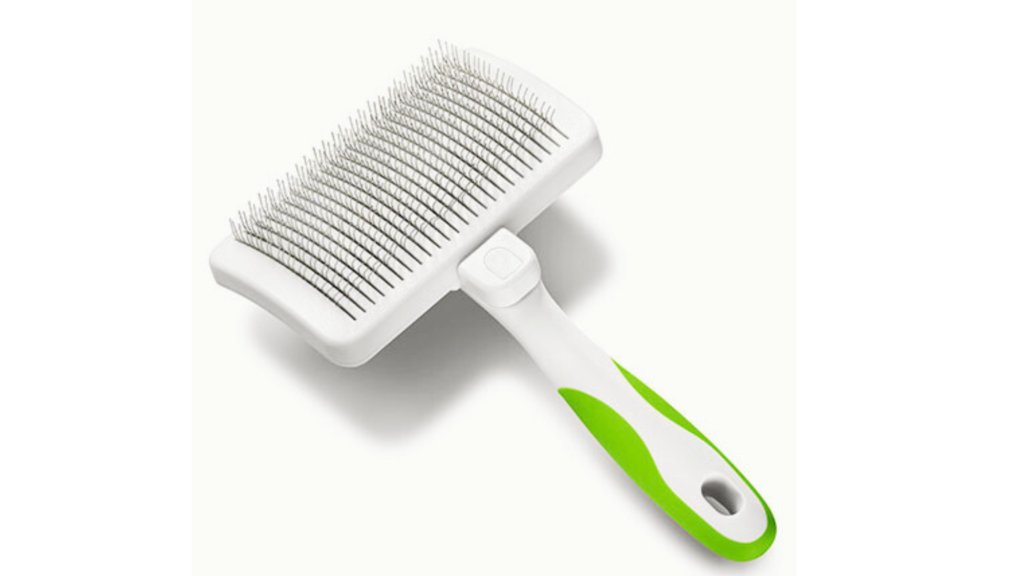
2. Pin Brushes: Perfect for Fine and Wavy Coats
Pin brushes are another great tool for grooming dogs, particularly those with finer or wavier coats. These brushes look similar to a slicker brush, but the pins are softer and longer, which makes them ideal for delicate fur.
When to Use It:
- Fine or Wavy Coats: If your dog has a soft, fine, or wavy coat, pin brushes are your best friend. Breeds like Shih Tzus, Cocker Spaniels, and Bichon Frises have fine coats that benefit from a pin brush’s gentle touch.
- For Light Tangles: I use a pin brush for dogs with only slight tangles or for regular brushing to maintain their coat. It helps detangle hair gently without causing discomfort.
- Sensitive Skin: Pin brushes are a great option if your dog has sensitive skin, as they don’t cause as much irritation as slicker brushes.
How to Use It:
- Use Gentle Strokes: I use light, gentle strokes when using a pin brush, especially for dogs with sensitive skin. The pins should glide through the fur rather than pulling.
- Brush Regularly: For dogs with fine coats, I brush them once a day to prevent tangles and keep their coat in top shape.
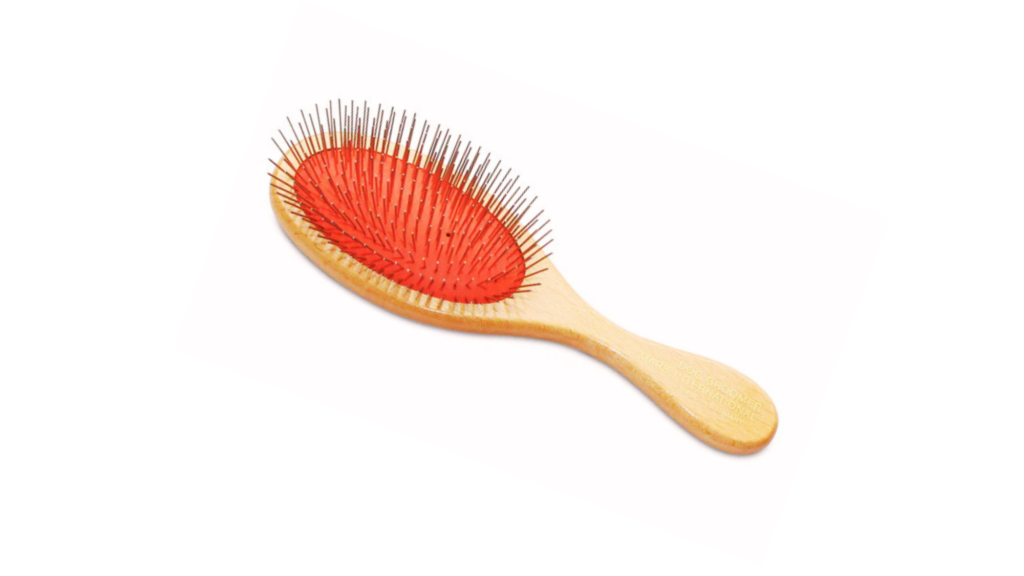
3. Bristle Brushes: Great for Short-Haired Dogs
Bristle brushes are often the go-to choice for short-haired dogs. They’re gentle, effective at removing loose hair, and help maintain a healthy coat and skin.
When to Use It:
- Short-Haired Dogs: Bristle brushes are perfect for short-haired breeds like Beagles, Boxers, and Dachshunds. These dogs don’t need as much grooming as long-haired dogs, but a bristle brush is great for keeping their coat healthy.
- Sensitive Skin: If your dog has sensitive skin, bristle brushes are gentle enough to use regularly without irritation. I’ve personally used a bristle brush on my dog during the shedding season, and it works wonders for reducing loose hair.
- Shiny Coat: Regular brushing with a bristle brush helps distribute natural oils through the coat, giving it a healthy shine. It also minimizes shedding and removes any dirt or debris.
How to Use It:
- Brush in the Direction of Hair Growth: I always brush in the direction that the fur naturally grows to avoid irritating the skin.
- Use Regularly: For short-haired dogs, I use the bristle brush a couple of times a week to keep their coat looking great and to help reduce shedding.
To find out the what size collar for an Affenpinscher, ensure you measure your dog’s neck correctly for a perfect fit.
4. Undercoat Rakes: For Dogs with Double Coats
If you’ve ever owned a double-coated dog, you know how much hair they can shed! Undercoat rakes are specifically designed for dogs with thick double coats, like Huskies, German Shepherds, and Pomeranians.

When to Use It:
- Double-Coated Dogs: Double-coated breeds need extra grooming to keep their thick undercoats in check. Undercoat rakes are perfect for removing loose undercoat hairs that can cause mats and shedding.
- During Shedding Seasons: I use an undercoat rake during the shedding seasons (spring and fall) to remove the excess undercoat. This tool helps reduce shedding significantly, which is a huge help for keeping the house clean.
How to Use It:
- Use with Care: When using an undercoat rake, it’s important to be gentle, as these brushes are designed to pull out loose hair. I always start at the neck and work my way down the back, carefully using short strokes.
- Be Thorough: I make sure to cover the entire coat, paying extra attention to areas like the belly and the tail, where mats tend to form.
5. Deshedding Tools: Keep Your Home Fur-Free
Deshedding tools are designed to remove loose fur and prevent excessive shedding. They’re great for dogs that shed a lot, especially during their seasonal shedding periods.
When to Use It:
- Heavy Shedders: If your dog sheds heavily, you’ll want to use a deshedding tool. Breeds like Labrador Retrievers, Golden Retrievers, and short-haired Dachshunds shed a lot, and a deshedding tool can help keep it under control.
- During Shedding Seasons: I use a deshedding tool during the spring and fall months when my dog sheds the most. This tool helps catch loose hair before it can spread all over the house.
How to Use It:
- Brush in Short, Gentle Strokes: Deshedding tools are designed to catch loose hair, so I use short, gentle strokes to remove the fur. It’s best to brush slowly to avoid pulling on the coat.
- Be Consistent: For heavy shedders, I use a deshedding tool once a week during shedding seasons to reduce the amount of hair that gets left behind.
6. Bath Brushes: For Extra Cleanliness During Bath Time
Bath brushes are soft, rubbery brushes that you can use during bath time to scrub your dog clean and help spread shampoo evenly.
When to Use It:
- During Bath Time: Bath brushes are perfect for use when bathing your dog. They help massage the shampoo into your dog’s coat, ensuring it gets deep into the fur and removes dirt and grime effectively.
- For Dogs with Sensitive Skin: I use a bath brush for my dog because the rubber bristles are gentle on her skin, making bath time a soothing experience.
How to Use It:
- Massage the Coat: I gently massage the brush into my dog’s coat during bath time, moving in circular motions. This helps spread the shampoo evenly and gives my dog a relaxing experience.
For a step-by-step guide on how to wear collar to an Affenpinscher, check out this detailed article to ensure a comfortable and secure fit for your dog.

Conclusion: Finding the Right Grooming Brush for Your Dog
Choosing the right dog grooming brushes can make a huge difference in your pet’s grooming routine. Whether you have a long-haired dog that needs frequent brushing, or a short-haired dog that requires just a gentle brush now and then, the right tool can help maintain your dog’s coat and skin health.
By understanding the different types of grooming brushes and when to use them, you can make the grooming experience more enjoyable for both you and your dog. Grooming is an essential part of dog care, and with the right brushes and techniques, you can keep your dog looking great and feeling their best!
Check out the best dog collars for Border Collie to find durable, stylish, and comfortable options for your active dog. Remember, grooming isn’t just about maintaining your dog’s appearance—it’s about bonding with them and keeping them comfortable and healthy. Happy grooming!



